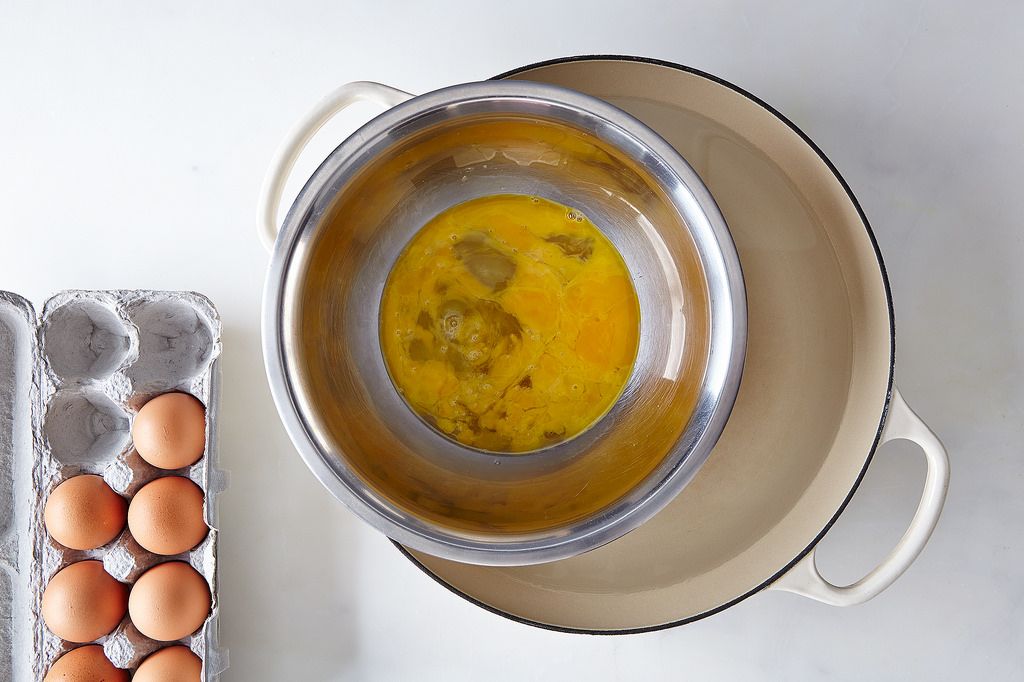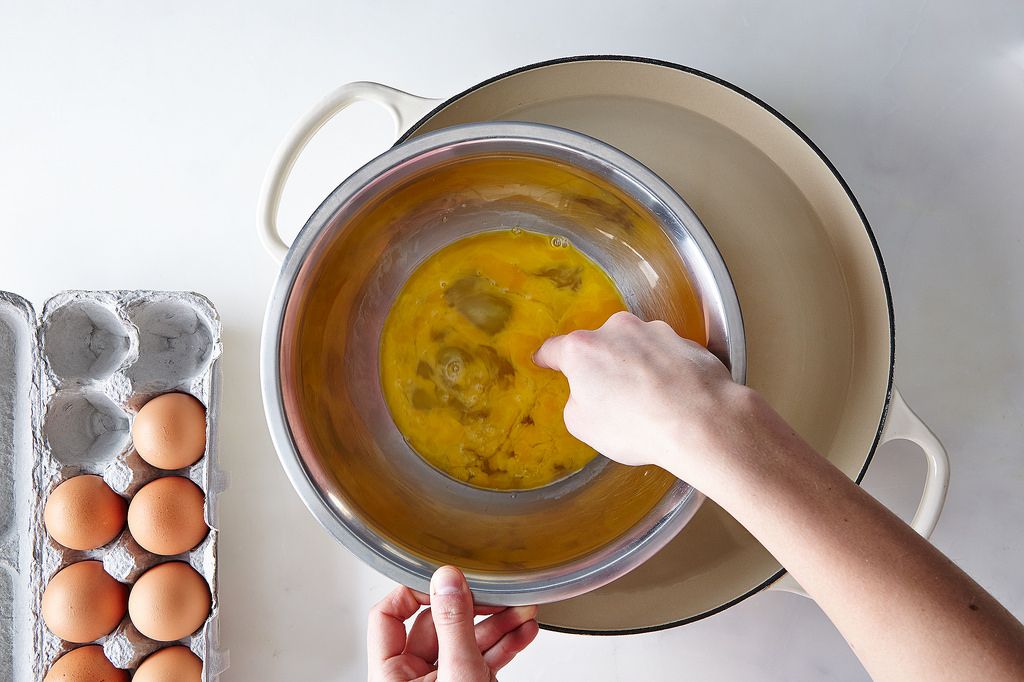Popular on Food52
6 Comments
Midnight A.
May 13, 2021
I was making macaroons and the egg whites have to be room temperature so this was a BIG help! Than you!
Miles
April 15, 2015
This was incredibly helpful! Not sure why the other person said it was useless. Thank you!
jthelwell
March 4, 2015
Not refrigerating the eggs is not a great idea, at least for in the United States. It's common not to refrigerate eggs in Europe, but eggs are processed differently in the United States. US regulations require power-washing of eggs, which - while cleaning away bacteria - also strips off the eggs' protective coating and leaves the shells more porous and the eggs more easily contaminated. Another problem is the level of salmonella contamination in the US poultry industry, which is much higher than in Europe. If you have your own hens, or you buy directly from a farmer who doesn't power-wash them before your get them, it's a different matter.
jackie
March 3, 2015
How about not refrigerating eggs in the first place? Then they'll be at room temp right away.



See what other Food52 readers are saying.